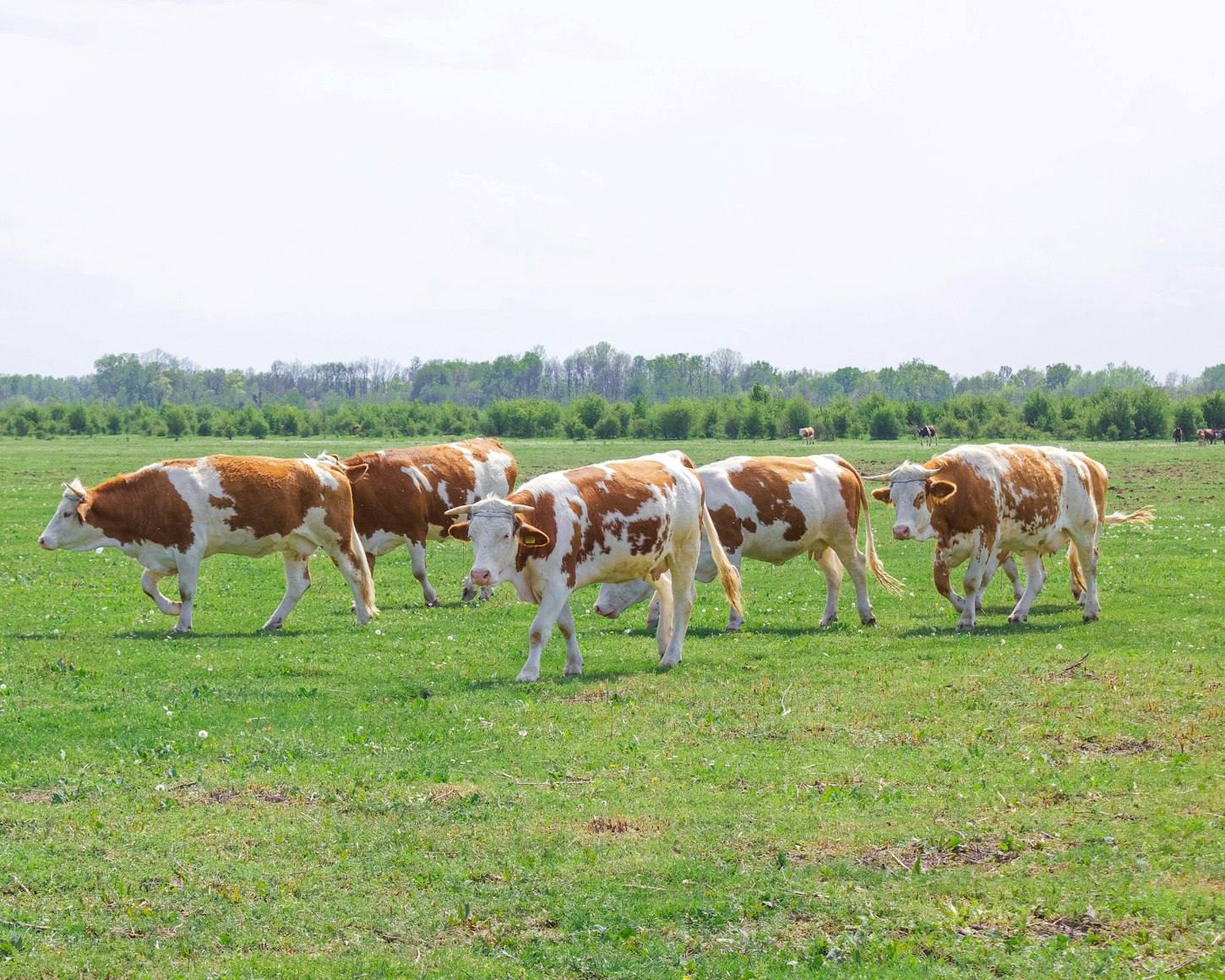What Is Ketosis In Cattle
Ketosis, also known as acetonaemia or pregnancy toxemia, is a metabolic disorder that commonly affects dairy cows during early lactation. It is characterized by elevated levels of ketone bodies in the blood, which can lead to various health issues and decreased milk production. Understanding the causes, symptoms, and management strategies for ketosis is crucial for dairy farmers to ensure the well-being and productivity of their cattle.
Causes of Ketosis
There are several factors that can contribute to the development of ketosis in cattle:
- Negative energy balance: During early lactation, cows experience a period of negative energy balance, where their energy requirements exceed their energy intake. This imbalance can lead to the breakdown of body fat, resulting in the production of ketone bodies.
- Poor nutrition: Inadequate feeding practices, such as a diet low in energy or excessive reliance on low-quality forages, can increase the risk of ketosis.
- Stress: Any form of stress, including transportation, changes in environment, or social interactions, can disrupt the cow’s metabolism and contribute to the development of ketosis.
- Genetic predisposition: Certain breeds of cattle, such as Holsteins, are more susceptible to ketosis due to their higher milk production potential.
Symptoms of Ketosis
Identifying the symptoms of ketosis is crucial for early intervention and treatment. Common signs of ketosis in cattle include:
- Reduced appetite: Cows with ketosis often exhibit a decreased interest in feed, leading to reduced intake.
- Weight loss: Due to the negative energy balance, cows may experience significant weight loss.
- Decreased milk production: Ketosis can result in a decline in milk production, which can have economic implications for dairy farmers.
- Acetone breath: Cattle with ketosis may have a distinct sweet or fruity odor in their breath due to the presence of acetone.
- Neurological symptoms: In severe cases, cows may exhibit neurological signs such as disorientation, head pressing, or aimless wandering.
Management and Prevention
Proper management practices can help prevent and manage ketosis in cattle:
- Optimize nutrition: Providing a well-balanced diet that meets the energy requirements of lactating cows is essential. This includes ensuring adequate energy intake through high-quality forages and appropriate supplementation.
- Transition management: Proper transition management from the dry period to lactation is crucial. Gradually increasing the energy density of the diet and monitoring body condition can help prevent ketosis.
- Stress reduction: Minimizing stressors in the cow’s environment, such as maintaining a consistent routine and providing comfortable housing conditions, can help reduce the risk of ketosis.
- Regular monitoring: Regularly monitoring the cow’s body condition score, milk production, and ketone levels can help detect ketosis early and allow for prompt intervention.
- Veterinary support: Consulting with a veterinarian is essential for accurate diagnosis and treatment of ketosis. They may recommend specific dietary adjustments or prescribe medications to manage the condition.
Frequently Asked Questions (FAQ)
1. How can I prevent ketosis in my dairy cows?
To prevent ketosis, ensure your cows receive a well-balanced diet that meets their energy requirements. Gradually transition them from the dry period to lactation, minimize stressors, and regularly monitor their body condition and milk production.
2. Can ketosis affect milk production?
Yes, ketosis can lead to a decrease in milk production. Cows with ketosis may produce less milk, which can have economic implications for dairy farmers.
3. Are certain breeds more susceptible to ketosis?
Yes, certain breeds, such as Holsteins, are more susceptible to ketosis due to their higher milk production potential. However, proper management practices can help mitigate the risk.
4. How is ketosis diagnosed in cattle?
Ketosis can be diagnosed through a combination of clinical signs, such as reduced appetite and weight loss, and laboratory tests to measure ketone levels in the blood or urine. Consulting with a veterinarian is crucial for accurate diagnosis.
5. Can ketosis be treated?
Yes, ketosis can be treated with appropriate dietary adjustments and veterinary intervention. This may include increasing the energy density of the diet, providing nutritional supplements, and administering medications as prescribed by a veterinarian.
6. Is ketosis contagious among cattle?
No, ketosis is not contagious among cattle. It is a metabolic disorder that results from various factors, including negative energy balance and poor nutrition.
Summary
Ketosis is a metabolic disorder that commonly affects dairy cows during early lactation. It is caused by factors such as negative energy balance, poor nutrition, stress, and genetic predisposition. Recognizing the symptoms of ketosis, such as reduced appetite, weight loss, and decreased milk production, is crucial for early intervention. Proper management practices, including optimizing nutrition, managing transitions, reducing stress, and regular monitoring, can help prevent and manage ketosis in cattle. Consulting with a veterinarian is essential for accurate diagnosis and treatment. By implementing these strategies, dairy farmers can ensure the well-being and productivity of their cattle.





